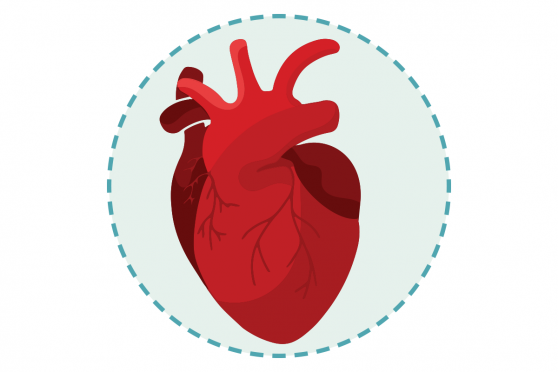Why You Need to Know About HPV and the HPV Vaccine
Why everyone should know about the virus, and the vaccine working to stop it.

Let's be real—getting vaccinations will never be fun. And getting two to three rounds of shots to prevent against just one virus? There aren't enough promises of ice cream in the world. But that’s not the point of a vaccination. Vaccines are cocktails of watered-down viruses that kick start the production of antibodies, preventing you from actual infection. Good vaccines have the power to change the health landscape. The vaccine making headlines now is fighting the good fight against human papilloma virus, or HPV.
The HPV vaccine was designed to protect against the most common sexually transmitted virus in the US, which can cause several types of cancer, including cervical. Cervical cancer is the second leading cause of cancer deaths among women worldwide. Since 2006, when the HPV vaccine was introduced for teenage girls, incidence of the type of HPV targeted by the vaccines has decreased 56% in teens between the ages of 14 and 19, according to a recently published study in the Journal of Infectious Diseases. Unfortunately, almost 80 million Americans (a little more than a quarter of the population) in their late teens and early 20s are still infected with HPV, reports the Centers for Disease Control and Prevention (CDC).
Because the vaccine is so new and the impact is just beginning to be quantified, there are still many more questions. While you may have heard of HPV, and may have been vaccinated or have taken your child in for shots, here’s an HPV and vaccination primer to understand why it matters.
Breaking Down the Virus
There are more than 100 types of HPV, over 40 of which can cause infection in the genital area, according to the CDC. But HPV, in all its different incarnations, can often infect without causing any symptoms. It's the oncogenic high-risk HPV types, specifically HPV types 16 and 18 that cause cervical cancer as well as vaginal cancers in women, and most anal cancers and a subset of penile cancers and throat cancers, often in men, says Debbie Saslow, PhD, and director of the Breast & Gynecologic Cancer division of the American Cancer Society. Nononcogenic, or low-risk, HPV types can also cause genital warts.
Because high-risk HPV causes cervical cancer, the vaccination is extremely important for women before they become sexually active and are infected. However, vaccinating men is another way to protect against the virus. "Males who are vaccinated will likely be protected against these cancers. In addition, vaccination of males will help decrease cervical cancer risk in their female partners and future partners," Saslow says.
Because the vaccine is so new, there's still time to see how the statistics change. "There is a very long lag time between the time a person is infected with HPV and the time that they may get cancer, about 20 years. So it is too soon to see a decrease in cancer incidence," Saslow says. However, using global data, it's clear that the HPV vaccine has been successful in preventing other symptoms of HPV like genital warts, she says. Some parents are concerned with the long-term safety of the vaccine, but the CDC says it's safe and effective.
Shot Time
Two main types of HPV vaccines are currently available, Gardasil and Cervarix. "Gardasil protects against cervical and other cancers and against genital warts. Cervarix protects against cervical and other cancers," Saslow says. These vaccines are highly effective in blocking against 70% of cervical cancer and 90% of genital warts, reports the CDC. Gardasil is available for men between the ages of 9-26 to prevent genital warts.
Timing plays an important role. "The vaccine is most effective when given before a child becomes sexually active and likely exposed to HPV infections," Saslow says. How many shots you need depends on how old you are. According to the CDC, two doses of the HPV vaccine are recommended for most children who start the series before their 15th birthday. For those 15 and older? Three doses may be needed. As for the spacing between the doses, the CDC recommends they be given 6 to 12 months apart for best immunity.
For women who have received the HPV vaccine, cervical cancer screenings are still recommended, because of the remaining 30% of cancers caused by other HPV types. For women who have not been vaccinated, the CDC suggests regular cervical cancer screenings as the best preventative option.
The Bottom Line
Talk to your family doctor about getting your child vaccinated. "Uptake of HPV vaccines is not as strong as for other adolescent vaccines. We need to change that. We finally have a vaccine that will prevent cancer!" Saslow says.



